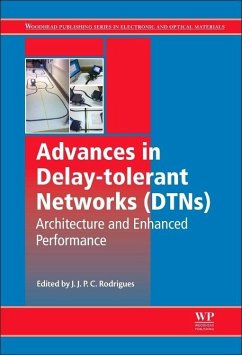
Access, Fronthaul and Backhaul Networks for 5g & Beyond
Versandkostenfrei!
Versandfertig in über 4 Wochen
160,99 €
inkl. MwSt.

PAYBACK Punkte
80 °P sammeln!
This book provides an overview from both academic and industrial stakeholders of innovative backhaul/fronthaul solutions, covering a wide spectrum of underlying themes ranging from the recent thrust in edge caching for backhaul relaxation to mmWave based fronthauling for radio access networks.














